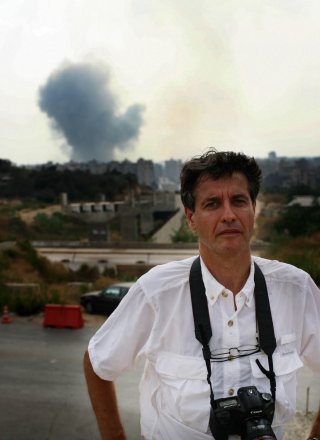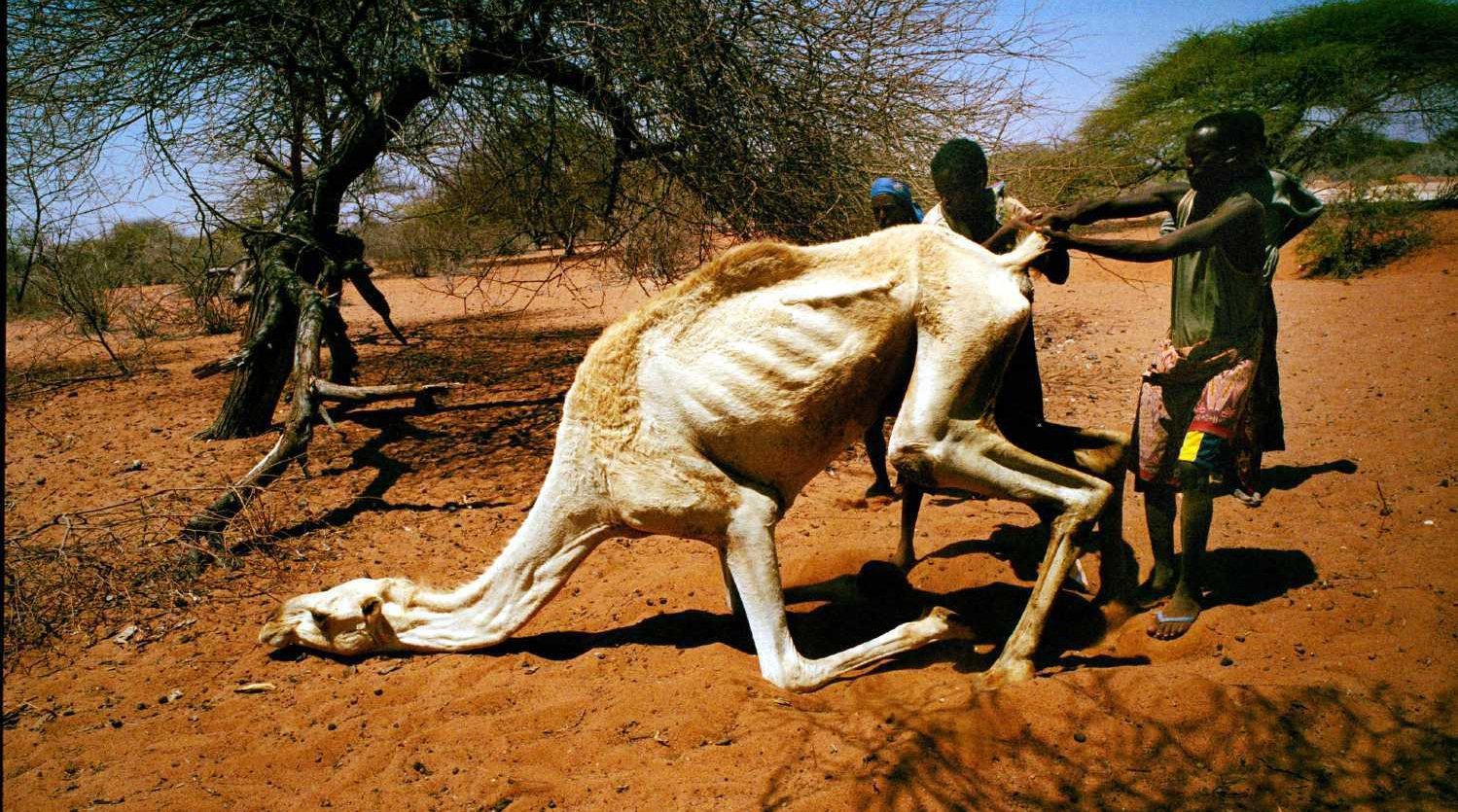
Drought in the Horn of Africa
Bruno Stevens
pour WFP (World Food Programme)
Burnt land, baked dry by a merciless sun. Earth that is the deep red color of Mars; and on that red earth lie skeletons, millions of skeletons, of trees, of bushes, of shrubs, and also millions of carcasses of animals, of goats, of cows, of dromedaries, gradually fading away, to dust, or perhaps to ashes. Millions of lives of men, women and children, have been changed, forever; lives orphaned, separated from their other family, the family that has supported these communities of semi-nomadic cattle farmers in the Horn of Africa, has kept them alive and prosperous since time immemorial – their family of animals. Four years now.
Preview
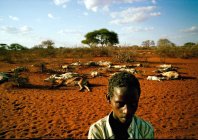
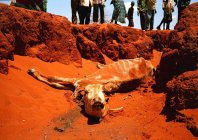
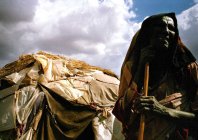

For four years there has been no rain, or not enough, in these remote areas of north-eastern Kenya, southern Somalia and Ethiopia, an area as large as France, with, here and there, some semi-nomadic clans of Somali descent, some four million people who are losing their means of subsistence as the animals die, exhausted for want of water, of proper grazing land, and with ever greater distances to cover between the rare wells that still have water. The Horn of Africa is also an area of constant warfare, where major powers play a complex and often ambivalent role (as was seen with the USA in Somalia), where rivalry or simple ethnic differences between governments in the region and the communities concerned prevail (for example, in Kenya), and where the management of a major humanitarian crisis is relegated to the sidelines, instead of being given the priority treatment it should have. A few rare relief organizations, such as the United Nations World Food Program and a small number of NGOs, have attempted to help these people who have become even more vulnerable having lost, no doubt forever, their traditional lifestyle, a plight viewed with total indifference by Western media and governments.




